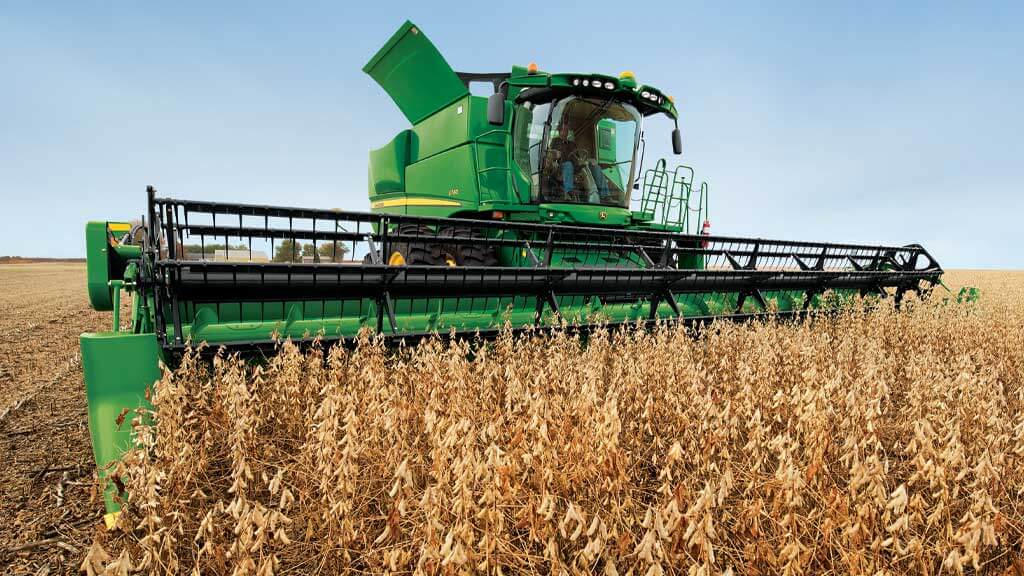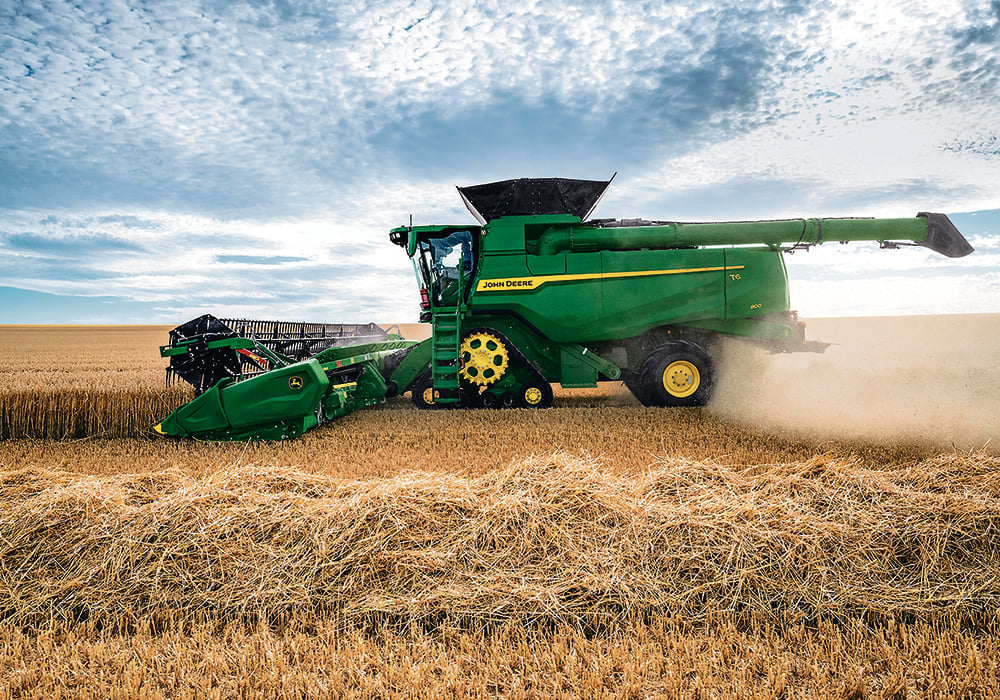John Deere combines equipped with effective concaves are essential for maximizing harvest efficiency. These components play a crucial role in threshing and separating grain from crop material. To optimize the performance of your John Deere concaves and enhance overall field operations, consider the following detailed tips and techniques:
Understand Your Crop and Conditions
To effectively utilize your John Deere concaves, it’s important to understand the characteristics of the crop you’re harvesting and the prevailing field conditions:
Crop Types: Different crops, such as wheat, corn, and soybeans, have distinct properties that affect how they are threshed and separated. For example:
Wheat: This crop typically has smaller kernels and a lower moisture content compared to other grains. To efficiently thresh wheat without excessive grain loss, concaves with narrower wire spacing are recommended. Narrower spacing prevents smaller kernels from slipping through, ensuring higher retention rates.
Corn: Corn kernels are larger and tougher, often requiring concaves with wider wire spacing. This setup allows for better penetration and threshing of the cob, ensuring efficient separation of grain from the husk.
Understanding these differences allows you to select and adjust your concaves accordingly, optimizing performance and minimizing grain loss.
Regular Maintenance
Concaves, like any mechanical component, require regular maintenance to perform optimally throughout the harvest season:
Cleaning: After each use, clean the concaves thoroughly to remove accumulated debris and crop residue. Buildup can interfere with threshing and separation efficiency, leading to increased grain loss.
Inspection: Periodically inspect the concave wires and bars for signs of wear and damage. Worn-out wires or bent bars can compromise the effectiveness of the concaves, affecting threshing quality and requiring immediate replacement.
By maintaining clean and well-inspected concaves, you ensure consistent performance and extend their lifespan.
Adjusting Concave Settings

Fine-tuning concave settings is crucial for adapting to varying crop conditions and achieving optimal threshing efficiency:
Wire Spacing: Adjust the spacing between wires or bars based on the crop being harvested. The goal is to strike a balance between allowing material to pass through for separation and retaining grain effectively. Narrower wire spacing is suitable for crops with smaller kernels, while wider spacing is ideal for larger grains or tougher crops like corn.
Concave Clearance: Set the clearance between the concave and rotor according to the thickness of the crop material. Proper clearance ensures efficient threshing without causing damage to the crop or compromising separation quality.
Regularly monitor the performance of your concave settings during operation and make adjustments as necessary to maintain optimal efficiency.
Monitor and Test
Continuous monitoring and testing are essential to ensure that your concaves are performing effectively:
Grain Loss: Monitor grain loss levels during operation to gauge the effectiveness of your concave settings. High grain loss may indicate that adjustments are needed to improve retention rates.
Threshing Quality: Periodically inspect the quality of threshed grain. Look for signs of incomplete threshing, such as whole kernels or excessive residue in the grain tank. Adjust concave settings based on these observations to achieve uniform threshing and maximize grain quality.
By actively monitoring and testing your concaves, you can make informed adjustments to optimize performance and minimize inefficiencies.
Utilize Technology
Modern John Deere combines often feature advanced technologies that enhance concave performance and overall harvesting efficiency:
Integrated Sensors: Some combines are equipped with sensors that monitor concave performance and grain quality in real-time. These sensors provide valuable data on threshing efficiency and grain condition, allowing operators to make immediate adjustments as needed.
Precision Farming Tools: Utilize GPS and mapping features to identify field areas with varying crop conditions. Adjust concave settings accordingly to maintain consistent performance across different parts of the field and maximize yield.
By leveraging technology, you can enhance the precision and effectiveness of your concave adjustments, ultimately improving overall harvest productivity.
Consult with Experts
If you encounter challenges or uncertainties regarding your concave settings, seek advice from agricultural experts or your local John Deere dealer:
Expert Guidance: Agricultural professionals can offer valuable insights and recommendations tailored to your specific harvesting conditions and equipment model. They can help troubleshoot issues, provide training on optimal concave adjustments, and ensure that your combine operates at peak performance.
Evaluate Performance
After making adjustments to your concave settings, evaluate their impact on overall harvesting performance:
Performance Metrics: Measure grain loss, threshing efficiency, and grain quality to assess the effectiveness of your concave adjustments. Compare results before and after adjustments to determine if further fine-tuning is necessary.
Field Tests: Conduct field tests to observe how well your combine handles different crop conditions with the adjusted concave settings. Make note of any areas that may require additional adjustments for optimal performance.
By systematically evaluating performance metrics, you can refine your concave settings to achieve maximum efficiency and quality during harvest operations.
Conclusion
Optimizing the performance of your John Deere concaves requires a combination of understanding crop characteristics, regular maintenance, precise adjustments, and leveraging technology. By implementing these detailed tips and techniques, you can enhance the efficiency and effectiveness of your harvesting operations, ultimately maximizing yield and grain quality throughout the season. Regular monitoring and evaluation ensure that your concaves are consistently performing at their best, contributing to a successful and productive harvest.

